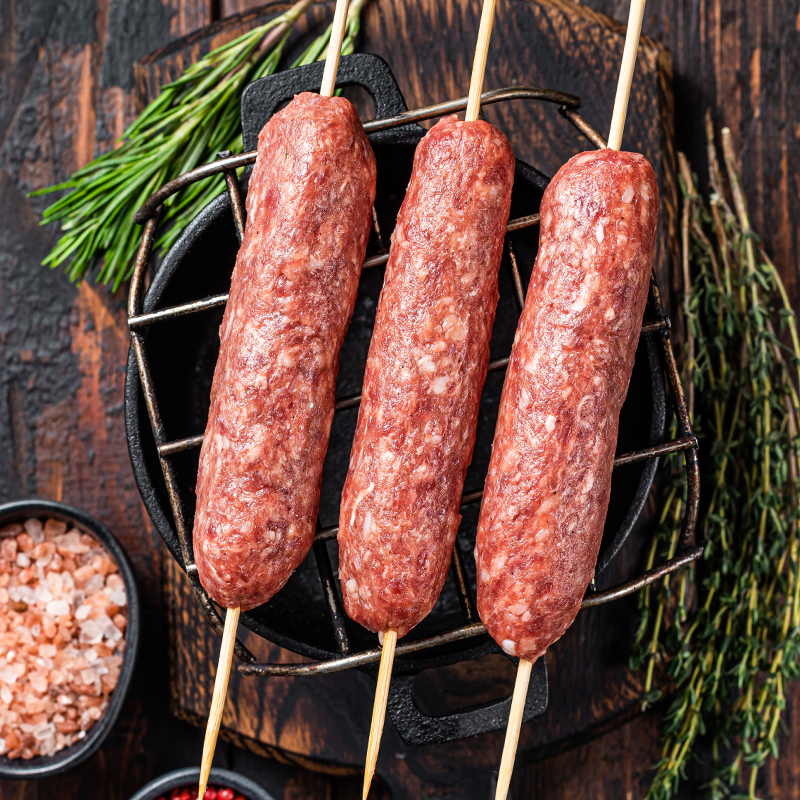
100 gr |
-- |
|
|---|---|---|
| Carbohydrate (gr) | 15.04 |
4928.47 |
| Protein (gr) | 3.59 |
1176.23 |
| Fat (gr) | 12.46 |
4083.43 |
| Fiber (gr) | 1.36 |
445.97 |
| Cholesterol (mg) | 14.64 |
4795.8 |
| Sodium (mg) | 325.27 |
106557.75 |
| Potassium (mg) | 392.16 |
128471.4 |
| Calcium (mg) | 78.15 |
25603.27 |
| Vitamin A (mg) | 46.04 |
15084.01 |
| Vitamin C (mg) | 6.16 |
2019.31 |
| Iron | 0.62 |
203.1 |
Sausages and cold cuts are popular processed meats that offer several nutritional benefits due to their protein content. Made primarily from chicken or red meat, they provide sufficient protein, translating to ample energy in a meal. For instance, pairing sausages with eggs or bacon in an omelet creates a high-energy breakfast that can prepare you for a busy day. Each slice of cold cut or serving of sausage contains approximately 11 grams of protein. For athletes, consuming a balanced amount of red meat and its derivatives is essential for muscle building. Therefore, sausages and cold cuts can be a practical option to meet nutritional needs. However, this does not imply overindulgence in fast foods.
Calories in 100 grams of lamb sausage are 349 calories
The fewer preservatives in sausages and cold cuts, the less harmful they are. Organic options are generally considered lower in harmful additives and preservatives, making them a better choice. In addition to protein, these foods contain valuable nutrients such as phosphorus, iron, and vitamin B12. These components are essential for boosting metabolism, producing red blood cells, and supporting proper brain function. Daily intake of these nutrients is vital for overall health.
Sausages and cold cuts also contain selenium, a crucial element for thyroid health, immune defense, and optimal heart function. Including moderate amounts of these foods in a balanced diet can contribute to fulfilling these nutritional requirements.
Grinding the Meat:
The process begins with grinding the meat to achieve the desired texture.
Mixing Ingredients:
Additional ingredients are combined with the meat using a mixer to create a uniform mixture.
Shaping the Sausages:
The mixture is filled into casings using filling machines and shaped into the desired form.
Cooking and Curing:
The sausages and cold cuts are cooked, air-dried, or smoked to enhance their flavor and shelf life.
Packaging:
Finally, the products are vacuum-sealed to maintain freshness and quality.
Sausages and cold cuts can be a convenient and energy-rich addition to meals when consumed in moderation. They are a good source of protein, phosphorus, iron, vitamin B12, and selenium, all of which are essential for various bodily functions. Choosing options with fewer preservatives or organic varieties can further reduce health risks. By understanding their nutritional profile and production process, individuals can make informed choices about incorporating these products into a balanced diet.